Home renovation and design television has undeniably shaped the way we think about our living spaces and the items we bring into them. Networks like HGTV have a significant influence on current trends, often showcasing specific household items that quickly gain popularity among viewers eager to replicate the looks they see on screen. While some of these items offer genuine functionality or aesthetic appeal, their widespread desirability can often be directly attributed to their frequent appearance in HGTV programming. This phenomenon highlights the power of visual media in driving consumer preferences for home decor.
1. Open Shelving in Kitchens
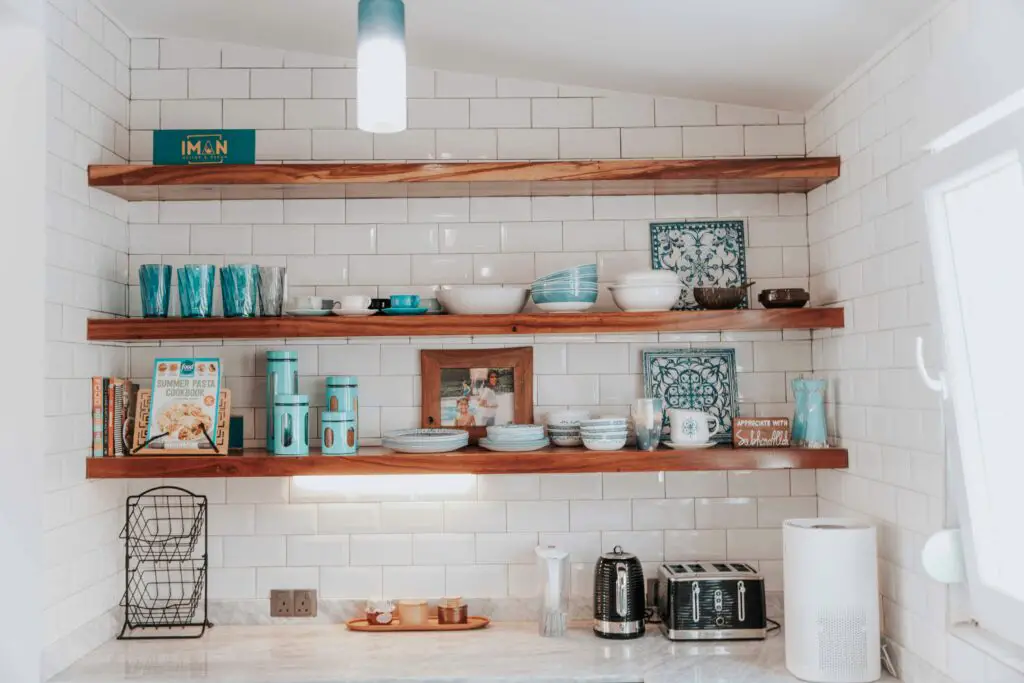
One prominent trend popularized by HGTV is the extensive use of open shelving in kitchens. Instead of traditional upper cabinets, designers often opt for exposed shelves to display dishes, glassware, and decorative items. According to Houzz, open shelving is a sought-after kitchen feature for many homeowners inspired by the airy and accessible look frequently showcased on home renovation shows. While visually appealing, open shelving requires diligent organization and can accumulate dust more easily than closed cabinets.
The appeal of open shelving lies in its ability to create a more open and less cluttered feel in a kitchen space, aligning with the desire for bright and airy interiors often seen on HGTV. Designers often style these shelves meticulously with carefully curated items, contributing to the aspirational aesthetic presented on television. However, the practicality of open shelving for everyday storage in a busy household can sometimes be less glamorous than its on-screen portrayal.
2. Shiplap Walls
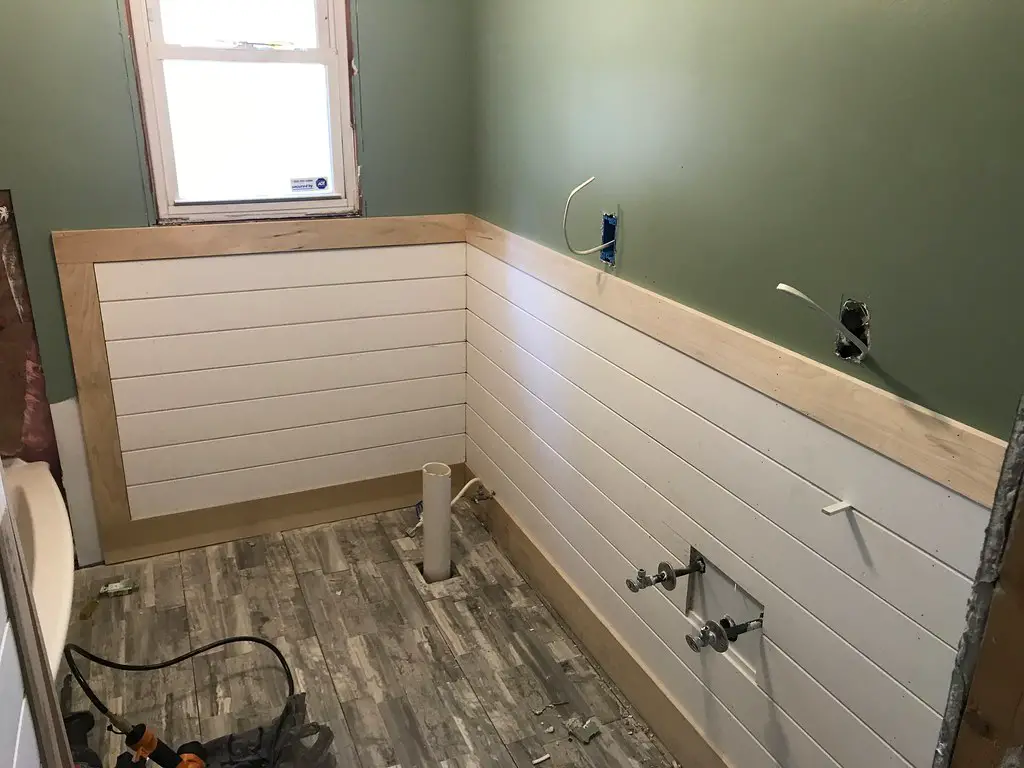
Shiplap, a type of wooden plank with rabbeted edges that allows the pieces to overlap, has experienced a significant surge in popularity, largely thanks to its frequent use on HGTV shows. As noted by Bob Vila, shiplap adds a rustic or farmhouse-chic element to walls and has become a go-to texture for creating visually interesting interiors. Its versatility allows it to be used in various rooms, from living areas to bathrooms, contributing to its widespread appeal among viewers seeking to emulate the designs they see on television.
The visual texture and the sense of character that shiplap can bring to a space are key to its popularity. HGTV designers often use it as a backdrop to highlight other design elements or paint it in neutral colors to create a cohesive look. While shiplap can add charm, its installation can be more involved than simply painting a wall, and its suitability for different architectural styles can vary.
3. Farmhouse Sinks

The farmhouse sink, also known as an apron-front sink, has become a quintessential element of the modern farmhouse aesthetic heavily featured on HGTV. Its large, deep basin and exposed front offer a blend of functionality and a touch of rustic charm. According to Real Simple, the popularity of farmhouse sinks has risen in tandem with the broader interest in farmhouse-inspired design, often seen as a desirable feature in kitchen renovations showcased on television.
The visual impact of a farmhouse sink, often serving as a focal point in a kitchen, contributes to its appeal. Its generous size is also practical for washing large pots and pans, aligning with the emphasis on functional yet stylish design often highlighted on HGTV. However, farmhouse sinks can be more expensive to install and may require specific cabinetry.
4. Subway Tile Backsplashes
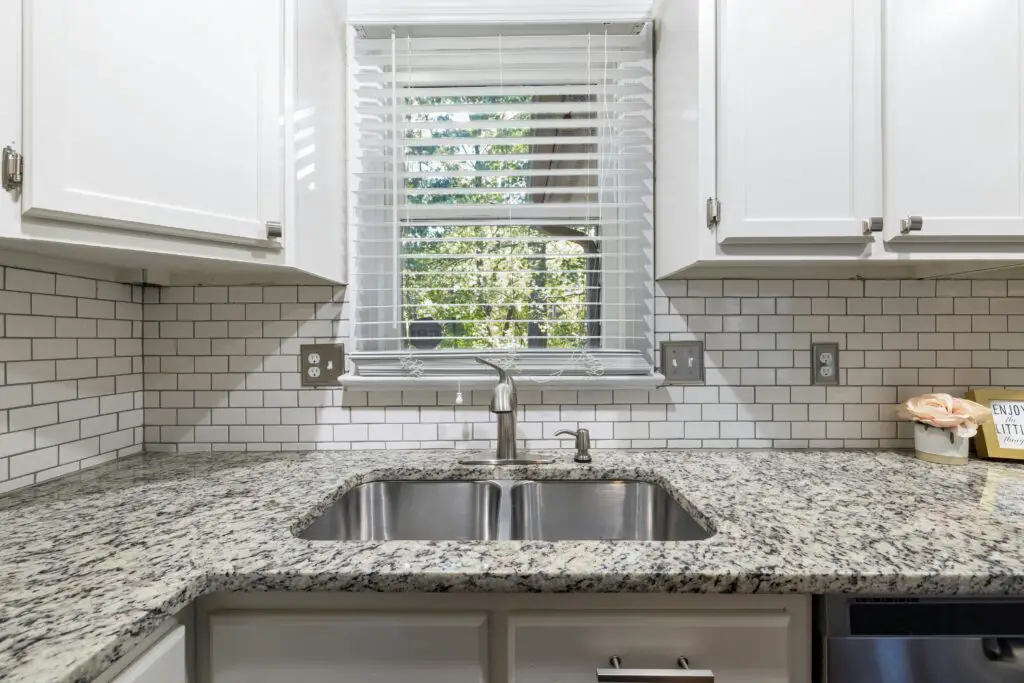
Subway tile, a simple rectangular ceramic tile, has become a ubiquitous choice for kitchen and bathroom backsplashes, largely due to its frequent appearance on HGTV shows. Its clean, classic look offers versatility and a bright, timeless aesthetic. As noted by The Tile Shop, subway tile is a consistent favorite among homeowners seeking a neutral yet stylish backdrop that complements various design styles, a versatility often demonstrated in HGTV renovations.
The affordability and ease of installation of subway tile also contribute to its popularity. Its simple design provides a clean backdrop that allows other elements in the room to stand out, a design principle often employed by HGTV designers. While a classic choice, its widespread use can sometimes feel less unique.
5. Barn Doors Inside the Home
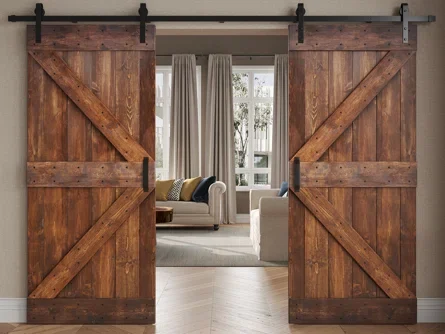
The use of interior barn doors has seen a significant increase in popularity, often featured as a space-saving and aesthetically interesting alternative to traditional swinging doors on HGTV. Their rustic charm and ability to slide along a track make them a visually distinctive element in various rooms, contributing to their appeal among viewers seeking unique design features. While barn doors can add character and a focal point, their functionality regarding soundproofing and privacy may be limited compared to traditional, solid-core doors.
HGTV designers frequently showcase barn doors as a way to separate spaces while maintaining an open and airy feel. They are often used to divide living areas from dining rooms or to enclose bathrooms or closets with a touch of rustic or farmhouse style. The visual impact of the sliding door and its associated hardware can add a design statement, but the gap between the door and the wall can compromise sound and light blockage.
6. Quartz Countertops
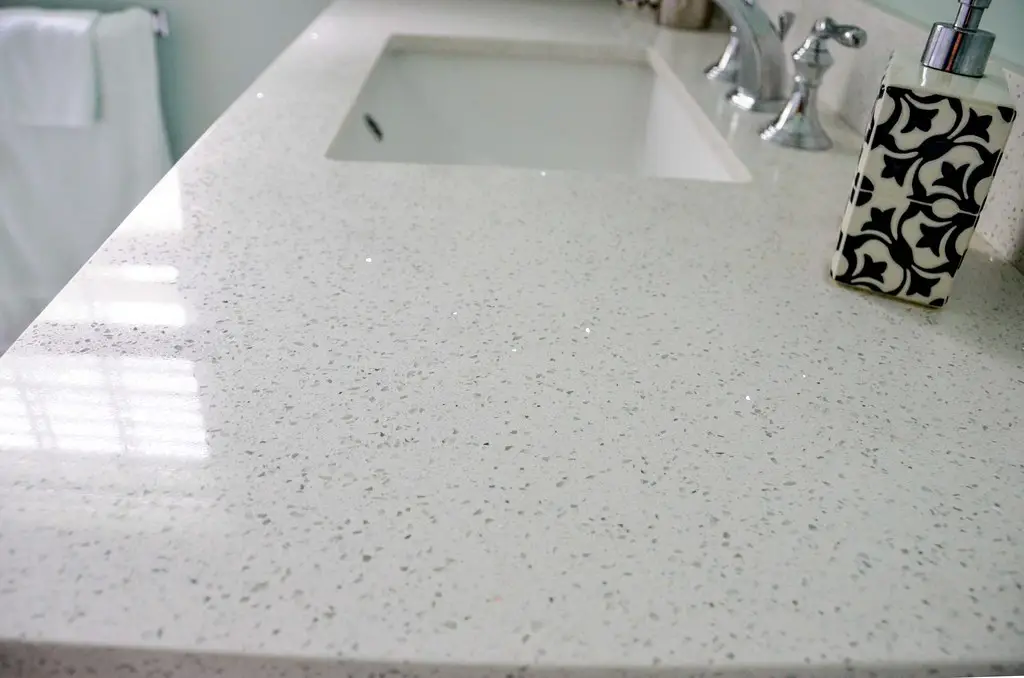
Quartz countertops have become a highly desirable feature in kitchen and bathroom renovations showcased on HGTV, valued for their durability, low maintenance, and wide range of stylish options. Their non-porous surface resists staining and bacteria, making them a practical choice for busy households seeking both beauty and functionality in their countertops. While quartz offers many benefits, including a consistent appearance and resistance to scratching, it can sometimes come with a higher price tag compared to other countertop materials like laminate or solid surface.
HGTV often highlights the sleek and modern aesthetic of quartz countertops, showcasing their versatility in various kitchen styles, from contemporary to transitional. Designers often emphasize the ease of cleaning and the wide array of colors and patterns available, allowing homeowners to achieve a high-end look without the maintenance concerns of natural stone. The investment in quartz countertops is often presented as a way to add lasting value to a home renovation.
7. Neutral Color Palettes
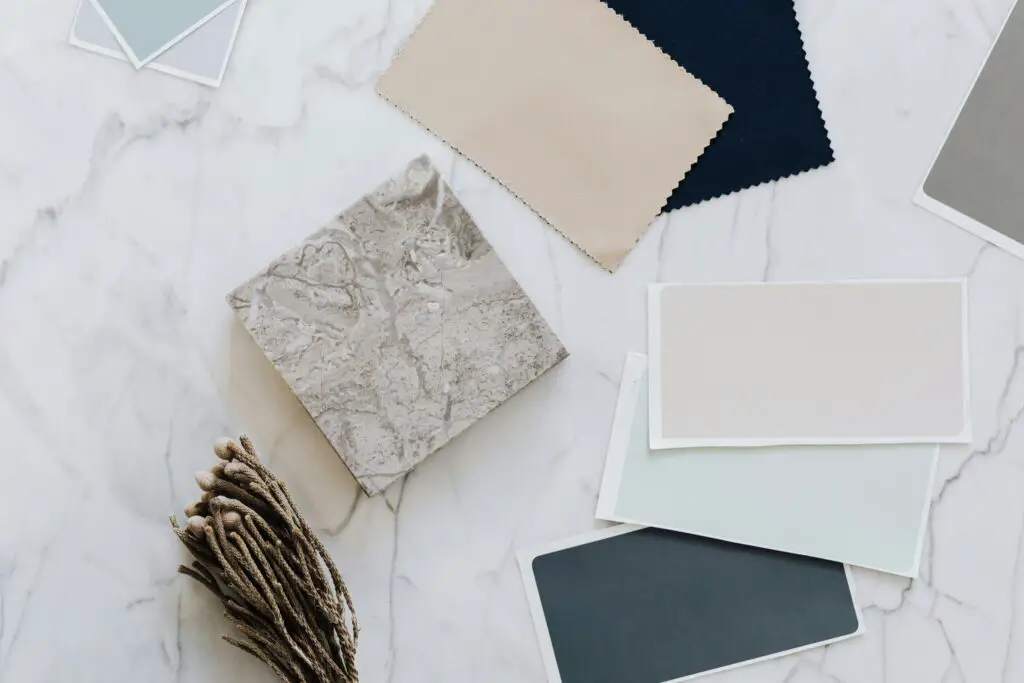
The consistent use of neutral color palettes, particularly shades of gray, white, and beige, is a hallmark of many HGTV renovations, creating a sense of calm, spaciousness, and providing a versatile backdrop for accent colors and decor. These understated hues are often chosen for their ability to appeal to a broad audience and create a cohesive flow throughout a home. While neutral palettes are often considered timeless and can provide a sophisticated foundation, some may find them lacking in personal expression or a sense of vibrancy without carefully chosen accents.
HGTV designers frequently employ neutral walls and large furniture pieces, then layer in pops of color through accessories like throw pillows, artwork, and rugs. This approach allows homeowners to easily update their decor over time without the need for major repainting or furniture replacement. The emphasis on neutral backgrounds also serves to highlight architectural details and the textures of different materials within the space.
8. Statement Lighting Fixtures
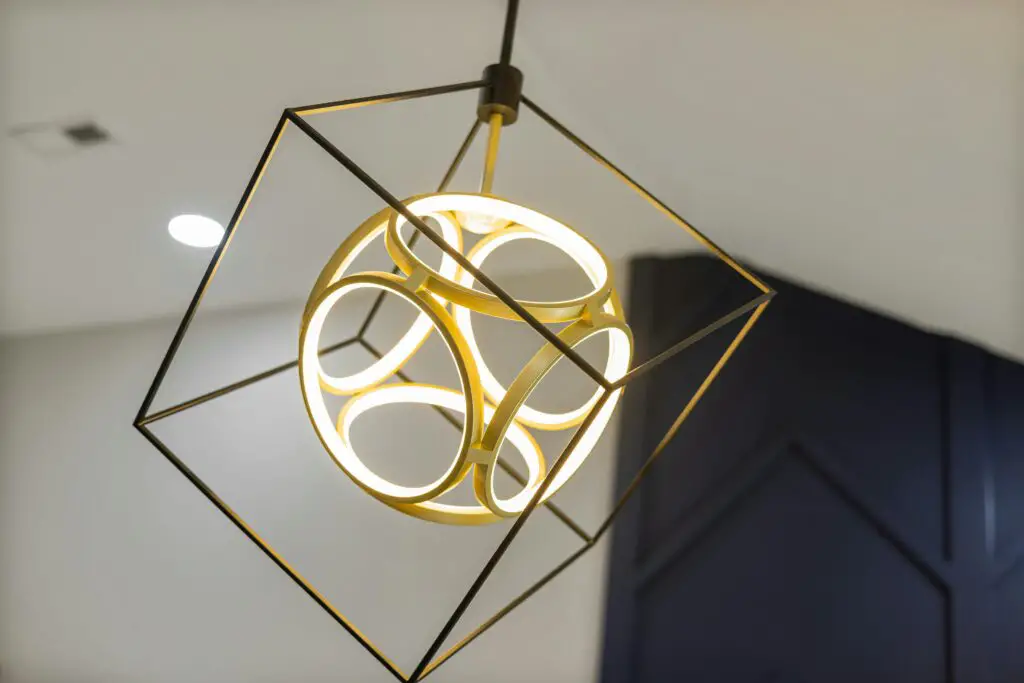
HGTV often features statement lighting fixtures as a way to add personality and visual interest to a room, serving as a focal point that draws the eye. These can range from large pendant lights suspended over kitchen islands to dramatic chandeliers illuminating dining rooms and unique sconces adding character to hallways. While statement lighting can undeniably elevate a space and reflect individual style, choosing the right scale, style, and placement for the room is crucial to ensure it complements rather than overwhelms the overall design.
Designers on HGTV often use lighting as a finishing touch that can transform a room, selecting fixtures that not only provide illumination but also serve as a piece of art. The variety of styles showcased, from modern and minimalist to ornate and vintage-inspired, demonstrates the impact that a well-chosen statement light can have on the ambiance and aesthetic of a home. However, installation can sometimes be more complex and costly than standard lighting.
9. Floating Shelves (Beyond the Kitchen)
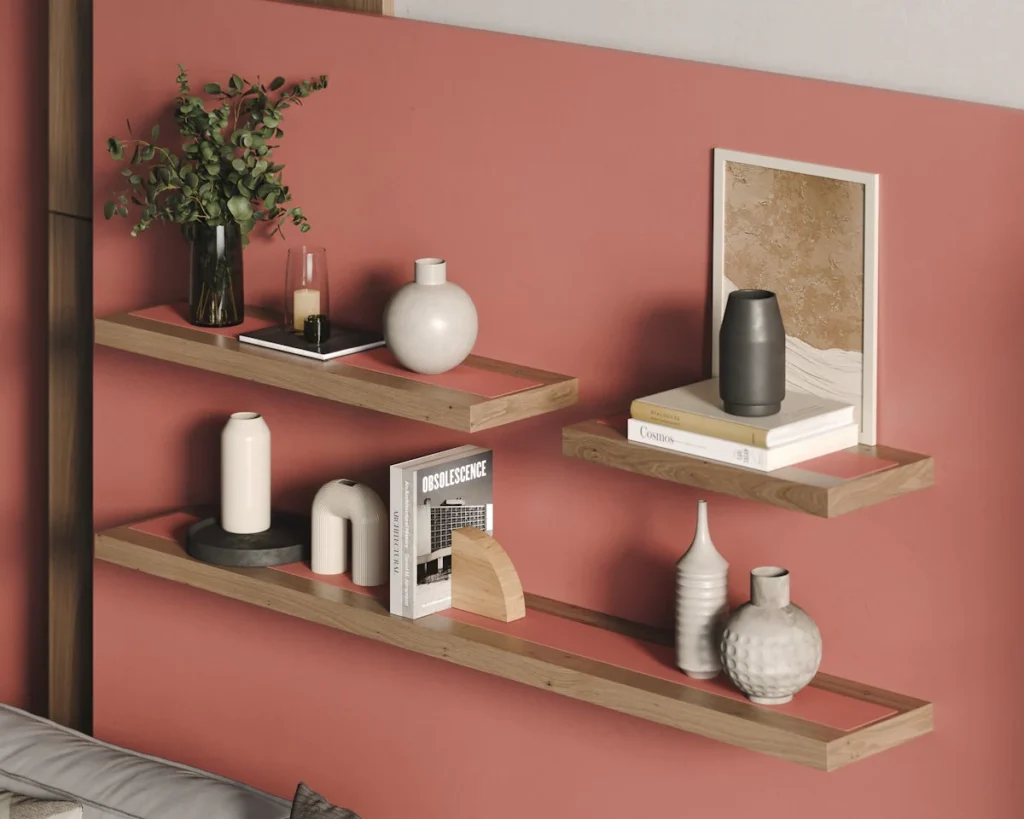
The concept of floating shelves, extending beyond just kitchen applications, has gained traction, often seen in living rooms, bedrooms, and even bathrooms on HGTV as a minimalist way to display decorative items or provide storage without bulky furniture. These shelves create a clean and contemporary look, giving the illusion of items hanging freely on the wall. However, the weight-bearing capacity of floating shelves needs careful consideration during installation to ensure they can safely support the items placed on them.
HGTV designers frequently use floating shelves to add visual interest to walls and provide a platform for showcasing personal touches like artwork, photographs, and small plants. Their versatility allows them to be arranged in various configurations to create different visual effects and maximize storage in smaller spaces. Proper installation, often requiring secure mounting to wall studs, is essential to prevent sagging or collapse.
10. Woven Baskets for Storage
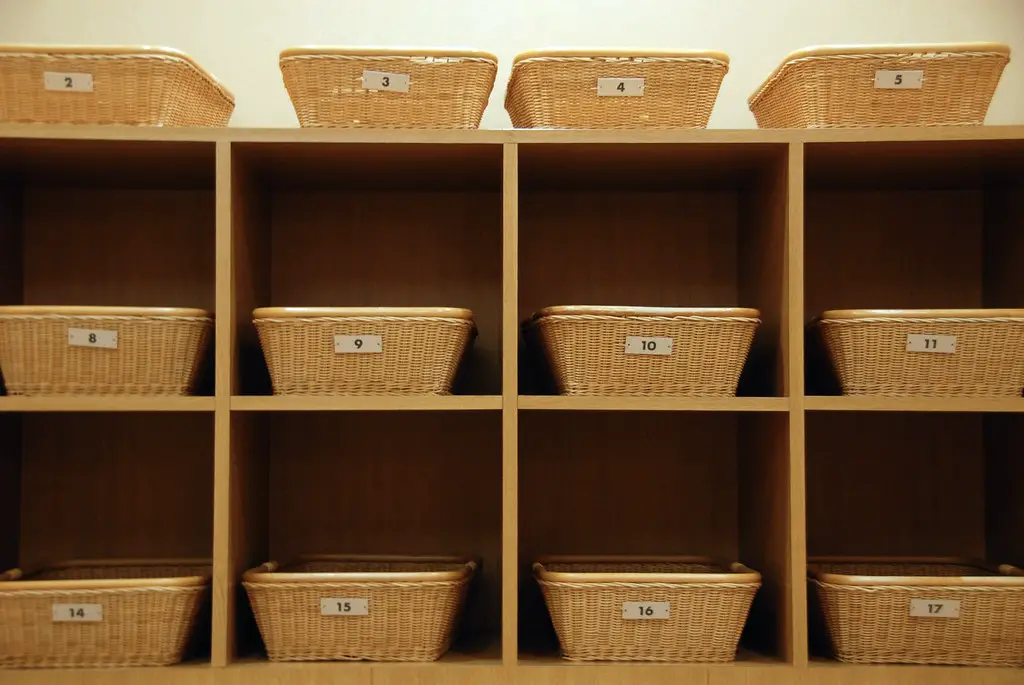
Woven baskets of various sizes and styles are frequently used for stylish storage solutions in HGTV makeovers, offering an aesthetically pleasing way to contain clutter while adding texture and warmth to a space. These versatile containers can be used in virtually any room, from holding blankets in the living room to organizing toiletries in the bathroom or storing toys in a child’s bedroom. While baskets are undeniably versatile and can enhance the visual appeal of a space, their effectiveness depends on the type and amount of items being stored, as they may not be suitable for very small or irregularly shaped objects.
HGTV often showcases how woven baskets can be integrated seamlessly into different design styles, from farmhouse to bohemian. Designers frequently use them on shelves, under tables, and as standalone storage solutions, highlighting their ability to combine functionality with visual appeal. The natural materials and textures of woven baskets can also add an organic element to a room’s decor.
11. Indoor Plants
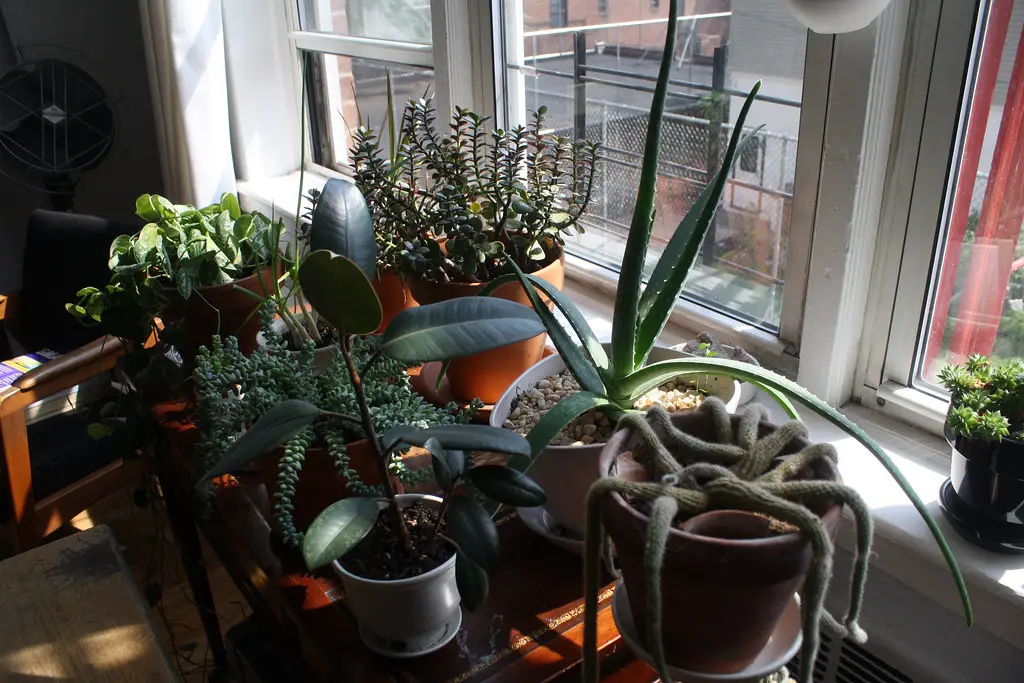
The incorporation of indoor plants has become a common element in HGTV designs, bringing a touch of nature and freshness to interiors and contributing to a more vibrant and inviting atmosphere. Plants are valued not only for their aesthetic appeal but also for their air-purifying qualities and their ability to add visual interest and a sense of life to a room. However, the specific needs of different plants in terms of light, watering, and humidity must be carefully considered to ensure they thrive in the indoor environment.
HGTV designers often strategically place plants throughout a home to enhance its visual appeal and create a connection with the outdoors. From large floor plants in living areas to smaller succulents on shelves, the use of greenery adds texture, color, and a sense of well-being to the spaces showcased. The emphasis on incorporating natural elements aligns with broader design trends seen on the network.
12. Throw Pillows Galore
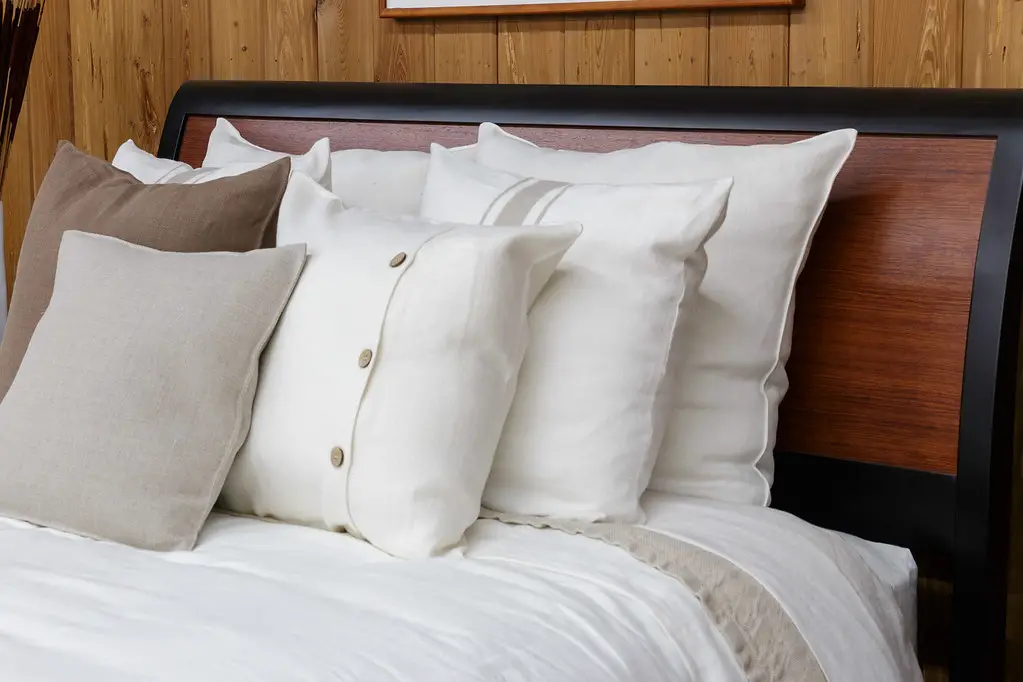
The liberal use of throw pillows on sofas, chairs, and beds is a styling technique frequently seen on HGTV, adding color, texture, and a sense of coziness and visual interest to seating areas and bedding arrangements. These decorative accents can be easily changed to update a room’s look or add seasonal flair. While throw pillows can undeniably enhance comfort and aesthetics, an excessive number can become impractical, making it difficult to comfortably sit or sleep.
HGTV designers often use a variety of throw pillows in different sizes, shapes, and textures to create layered and inviting seating arrangements. The careful selection of fabrics and patterns can tie together the color scheme of a room and add a touch of personality. However, the sheer volume of pillows sometimes seen on television may not be conducive to everyday functionality for all homeowners.
13. Area Rugs to Define Spaces
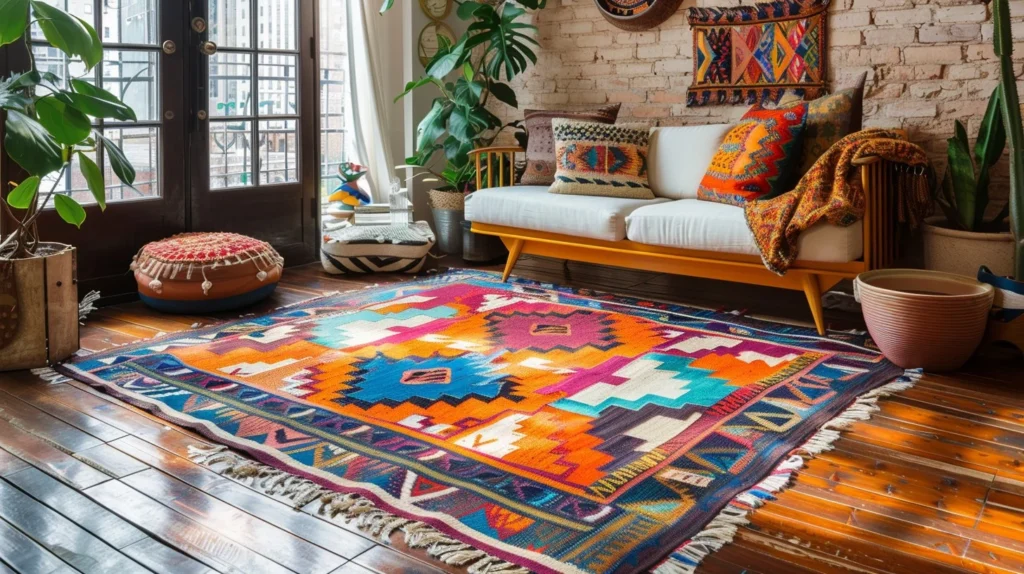
Area rugs are consistently used on HGTV to define different zones within open-concept living spaces and add warmth, pattern, and texture to floors, helping to anchor furniture groupings and create a sense of cohesion within a room. The strategic placement of a rug can visually separate a living area from a dining space or create a focal point in a bedroom. The size and placement of an area rug are crucial for grounding the furniture and creating a balanced and well-proportioned look within the room.
HGTV designers often emphasize the importance of choosing the right size rug so that at least the front legs of major furniture pieces rest on it, creating a unified and intentional arrangement. The patterns and colors of the rug can also serve as a starting point for the room’s overall color scheme and add a layer of visual interest to the flooring. Selecting the wrong size or style of rug can make a space feel disjointed or smaller than it actually is.
